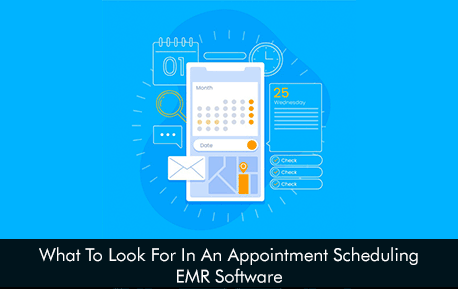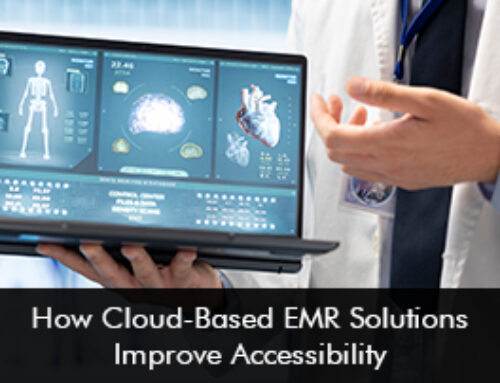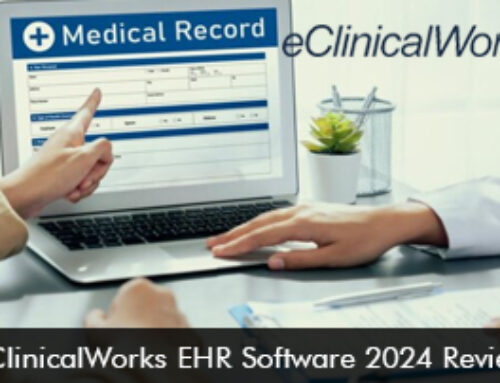A comprehensive Practice Management (PM) Software offers a variety of features to improve the overall practice efficiency and optimize the workflow for best results. But perhaps, one of the most valuable components of a Practice Management or Electronic Medical Records (EMR) Software is the Medical Appointment Scheduling Software or simply Patient Scheduling Software.
This post acts as a definitive guide to the Medical Scheduling Software and helps physicians, as well as the practice staff, better understand its key features, implementation challenges, important benefits, and other implications.
What is an Appointment Scheduling EMR Software?
Appointment Scheduling Software is a highly specific type of medical software that automates the scheduling process of the patients that visit or intend to visit a particular healthcare practice. It provides medical practices with tools to coordinate provider calendars and patient requests for appointments. An electronic calendar is maintained which checks and confirms appointments in available slots automatically.
Main Features of Appointment Scheduling EMR Software
Some of the common components and features of a Patient Scheduling EMR Software include,
Provider Availability Management – The software bridges the gap between the slots patients request and the time at which the physicians are available. This is a critical function and if not taken care of properly, can result in overburdened doctors or unsatisfied patients. Thus, efficient provider availability management through this software guarantees perfection and avoids conflicts.
Appointment Tracking – Patient and appointment tracking through this software allow providers to follow the patients throughout their visit to the clinic. Every action they perform from check-in to check-out is recorded and organized properly through a colored coding system.
Appointment Reminders – Patients often book appointments for a certain time and when the time comes, they do not show up. While there could be a thousand reasons behind this although most of the time, it is just that they get too caught up in their own schedules that they forget their appointments. A Patient Scheduling software allows automated Appointment Reminders via phone calls, SMS messages, and e-mails to be sent so that the number of patient no-shows decreases.
Patient Portal Access – A dedicated Patient Portal allows patients to access their own data remotely and communicate with their providers efficiently. This reduces the communication gap between the patients and the doctors and results in a better and quicker treatment.
Remote Appointment Processing – One of the main advantages of using an Electronic Health Records (EHR) System for scheduling and managing patient appointments is that everything can be managed remotely through any mobile device whether it be a smartphone or an iPad. This lets doctors remotely manage everything and stay updated on their scheduled appointments while on the go.







